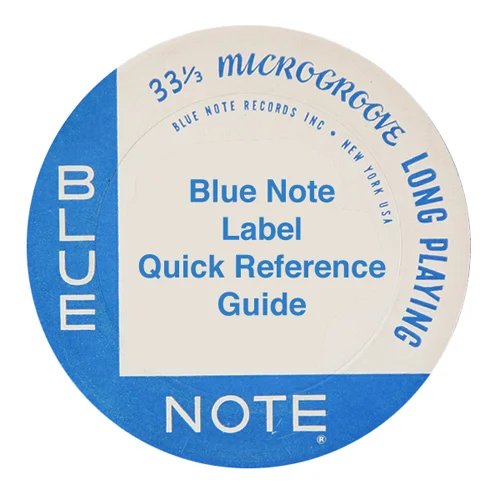Lost Classic: "The Curtis Counce Group, Vol 1 - Landslide"
/Curtis Counce • The Curtis Counce Group, Vol 1 - Landslide • 1957 • Contemporary Records S7526
Recorded October 8 & 15, 1956 in Los Angeles, CA
The Selection:
The Players:
Curtis Counce - Bass
Jack Sheldon - Trumpet
Harold Land - Tenor Sax
Carl Perkins - Bass
Frank Butler - Drums
The Tracks:
A1. Landslide
A2. Time After Time
A3. Sonar
B1. Mia
B2. Sarah
B3. A Fifith For Frank
The Record:
Original 1957 Cover & Label (Photos From Discogs).
After making a name for himself in the early 1950s on the West Coast jazz scene, Curtis Counce put together The Curtis Counce Group in 1956 and promptly recorded three albums for the Contemporary label, two of which - The Curtis Counce Group and You Get More Bounce With Curtis Counce! - were released in 1957, while a third - Carl's Blues - was recorded in 1957 and released in 1960. The Curtis Counce Group, Vol 1 - Landslide is a straight reissue of the first release, with a cover image that appears to be a mirror image of the original. It's not clear why they chose to reissue the album under a different title or exactly when this version came out, judging only from the green and gold label it would date to sometime in the mid-1960s.
With all the necessary discographical nonsense behind us, let's focus on why we should even care. It's the music, man! Landslide is firmly rooted in the hard bop style, and as such is highly recommended for anyone who loves modern straight ahead jazz with a soulful and bluesy edge. Just check out Sonar [listen above], with it's upbeat theme set down by all the players before Harold Land enters with a fantastic soul-filled solo. Following him is Carl Perkins on the keys, with a sound that would seem to be very much influenced by the likes of Horace Silver and Sonny Clark, two other pioneers of the hard bop sound. Jack Sheldon jumps in to the fray afterwards with a muted trumpet solo reflecting his roots on the West Coast cool jazz scene, after which Counce enters with a bass solo that is lightly accentuated by the piano and drums. Finally, Frank Butler does his thing tastefully on a short drum solo, before the group joins back in to reiterate the theme and close out the tune. It is the perfect composition to show off exactly what this group has to offer the listener who takes the time to seek them out.
Harold Land on the tenor is a master of this early hard bop style, no doubt partly due to the year he spent playing with the mighty Max Roach/Clifford Brown Quintet. His playing on Landslide is excellent, and should stand as a reminder to any lovers of jazz from this period to check out his great discography. I've always been a big fan of the man due to his work with Bobby Hutcherson in the late '60s and early '70s (San Francisco is one of my all-time favorite later Blue Note records) and I challenge anyone to find fault with his releases on Contemporary and Jazzland, as well as his recordings with Carmell Jones on Pacific Jazz. Yah, I dig the dude's playing. A lot.
Now as for the man on the trumpet, Jack Sheldon, I will admit I was completely ignorant of the man's accomplished career before I did some digging around on the internet. This guy was a pretty ridiculous talent. First off, he was a in-demand session player on the West Coast, notably appearing on a couple of early Jimmy Giuffre albums and Art Pepper's Smack Up. He acted in his own television sitcom "Run, Buddy, Run" in the mid-1960s, and was seen nightly on the immensely popular Merv Griffin Show playing the trumpet, singing and acting as Merv's sidekick and comedic foil. Perhaps most importantly for folks such as myself born in the early 1970s, Sheldon was the voice of two short, but memorable, Saturday morning cartoons: Schoolhouse Rock's "Conjunction Junction" and "I'm Just A Bill." For some reason that make Sheldon one really cool cat in my book.












